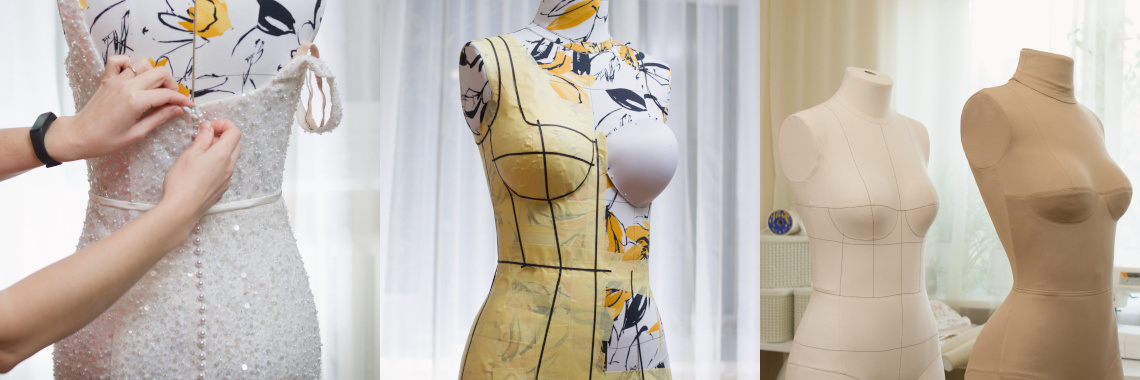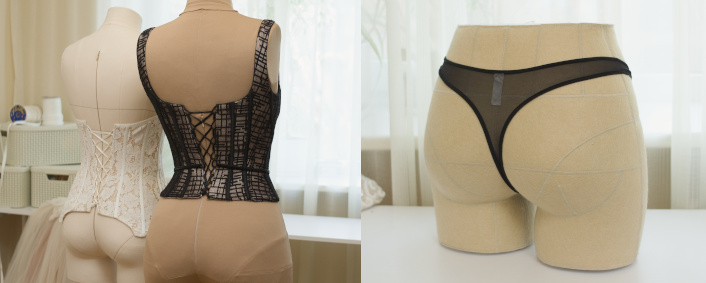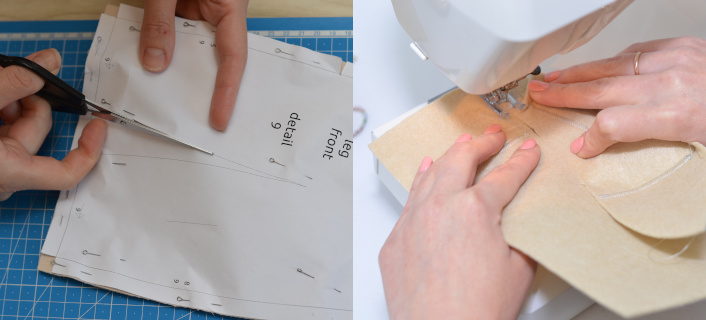Perfect DIY Dress Form

Dress forms undoubtedly serve as a valuable tool for any tailor, but amid the variety of available mannequins, difficulties may arise in choosing the right one for sewing: they may be inconvenient to use, have proportions not typical of the average human figure, or be too expensive.
So, if you are just starting to sew for yourself or friends, and you need a convenient, quality, and affordable assistant, diy dress form from BetterSew is perfect for you.
Why?

This dress form replicates the real proportions of the female body, helping not only to evaluate the garment you've sewn and make necessary adjustments to the patterns but also to create incredible models with draping, embellishments, and any details your imagination conjures. The dress form is also excellent for the draping method of pattern making; it is soft, allowing you to insert pins at any angle and depth.
The dress form is user-friendly. You can attach it to a stand, place it, or lay it on any surface. It won't break down and, with careful use, will serve you for a long time.

To make such a dress form, inexpensive and readily available materials are used (synthetic felt, polyester fiberfill, cardboard, and regular fabric), along with a household sewing machine and your patience. With the patterns, you will also receive a detailed illustrated instruction on making the dress form.
Dressed in a cover, our dress form will be an excellent accessory for showcasing your creations. If you are an experienced tailor, you can construct and sew the cover yourself; however, to save time, you can download ready-made patterns and cover-making instructions from our website.
Arms and a head may also be useful in modeling and sewing garments. While not mandatory, they, together with the torso, create a cohesive silhouette, helping you better evaluate your finished garment.
A Bit of Boring Details

The dress form's parameters correspond to those of a person with an approximate height of 168 cm. To choose the right size, use the measurement table, considering not only horizontal measurements (underbust, waist, hip circumference, etc.) but also vertical ones—torso length at the center, torso length at the back, waist length at the back (DTM measure), and slanting shoulder height (VPC measure). Note that actual horizontal measurements may vary slightly from those indicated; for instance, very dense filling may increase hip circumference by 1 cm.
Something Soft for a Dessert

The quality of the sewn clothing often depends not only on the quality of the developed patterns but also on the quality of the wet-heat treatment using tailor's hams. Three types of these pads are presented on our website: round, oval, and corset. You can choose the one that suits you best. Making tailor's hams at home is not difficult, and you will receive a detailed illustrated instruction along with the patterns. By the way, using these pads during the dress form sewing is also advisable.
